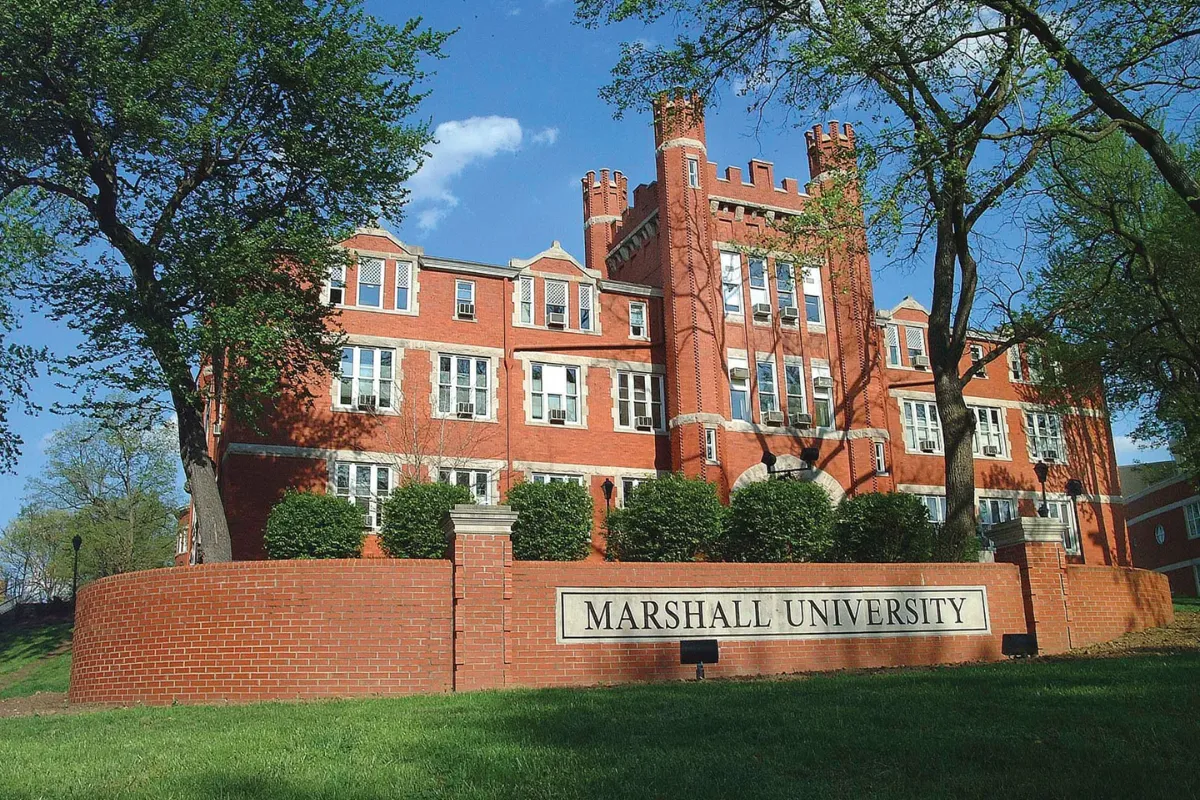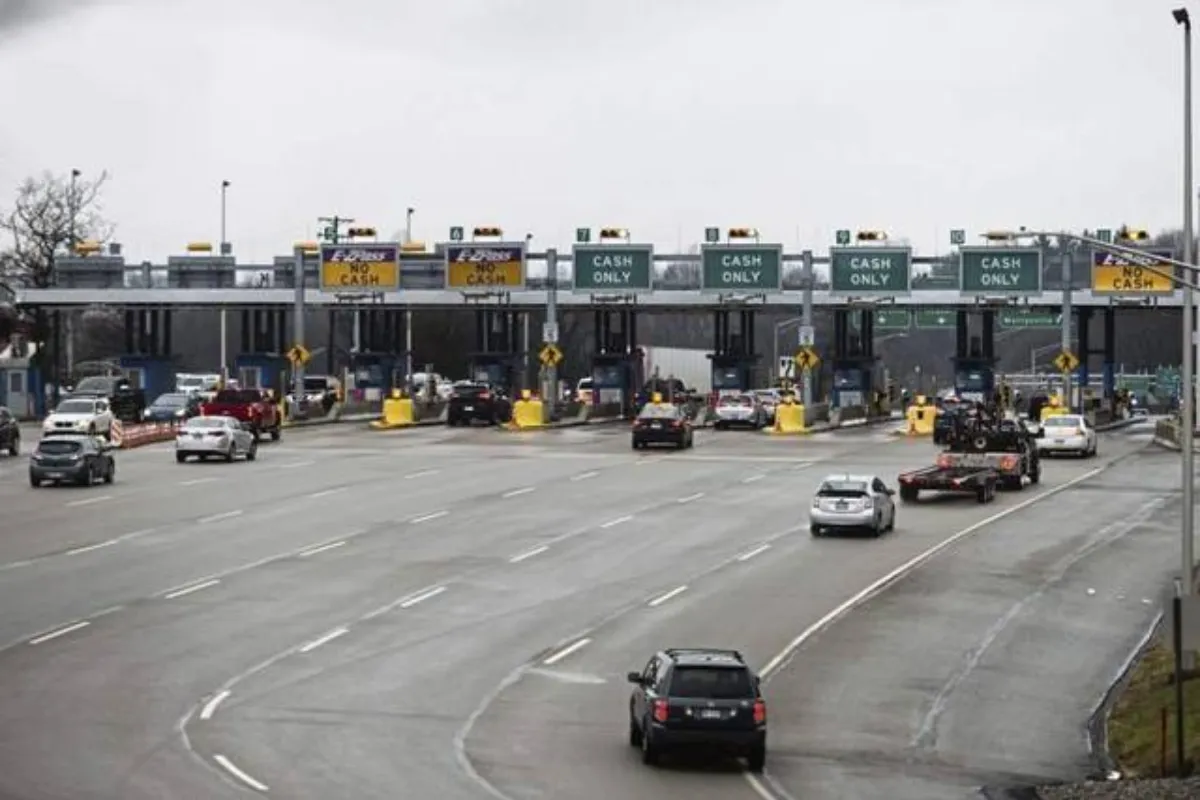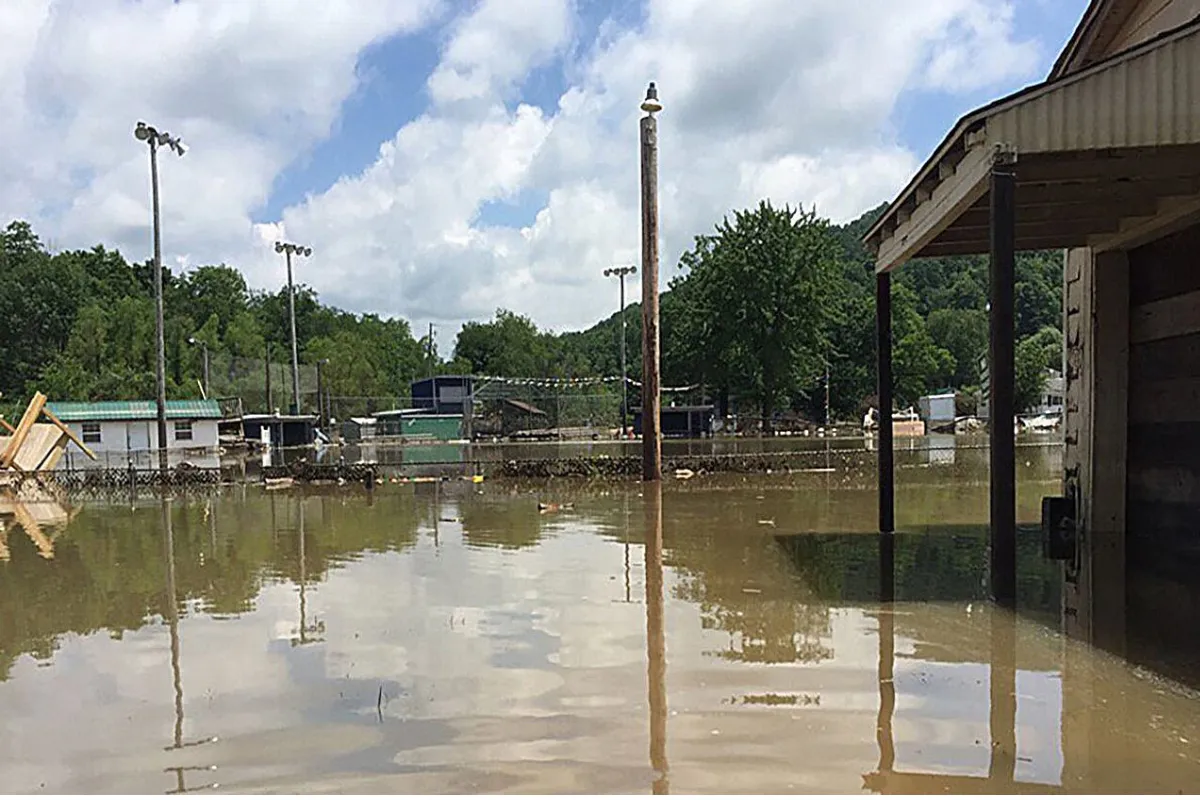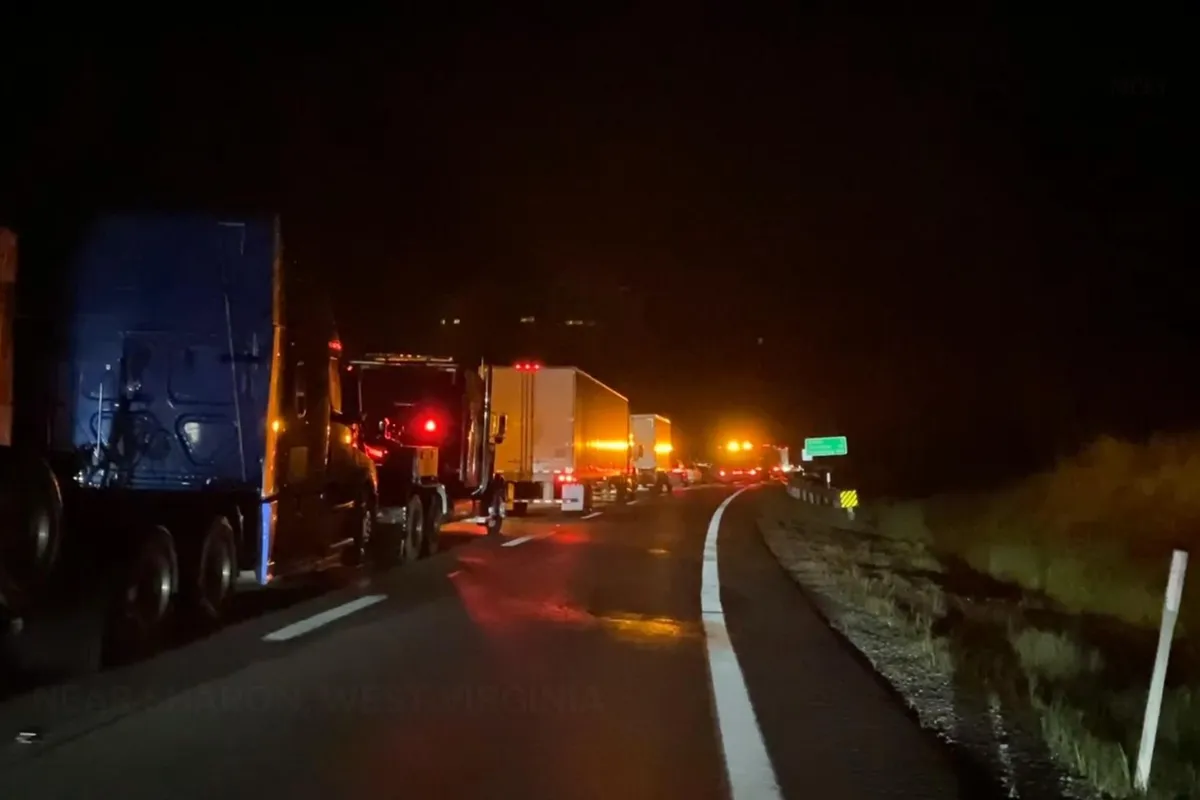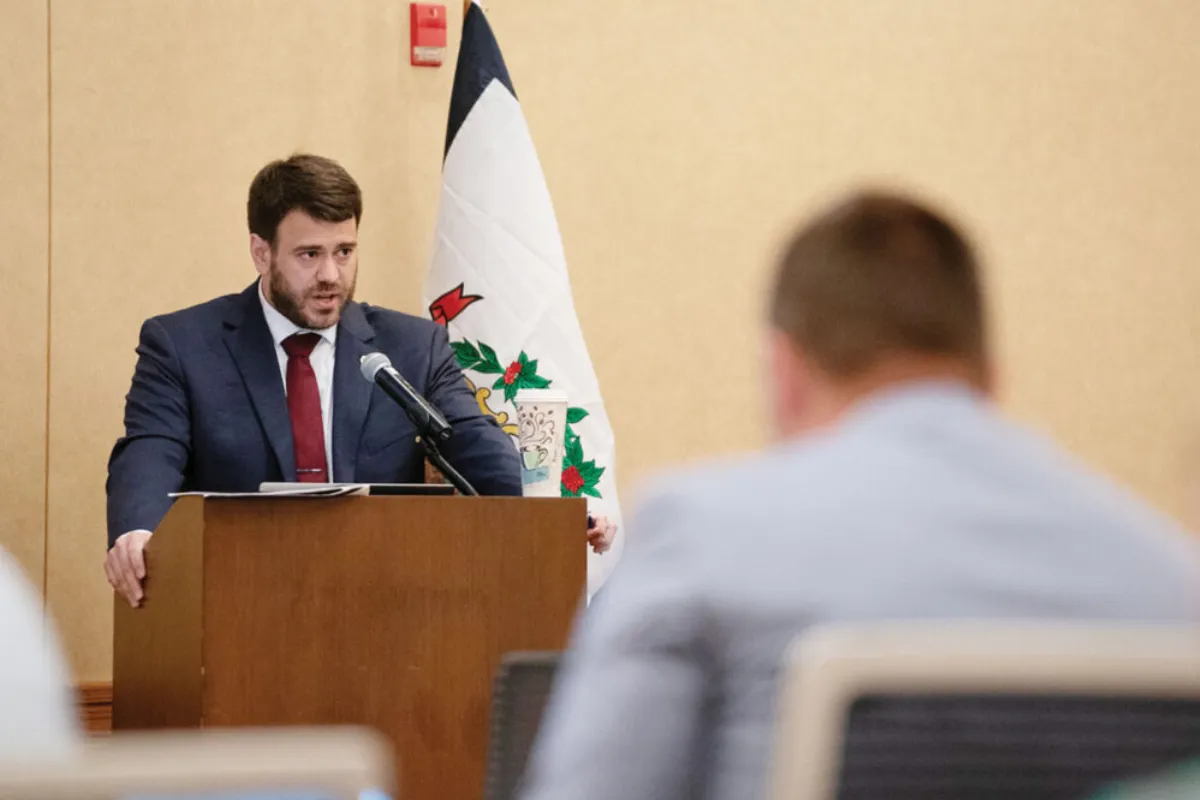The Little Kanawha River begins high in the hills of Upshur County and travels 169 miles through the heart of West Virginia before it joins the Ohio River at Point Park in Parkersburg.
Along its journey, it passes through towns like Burnsville, Stouts Mills, Sand Fork, Glenville, Grantsville, Big Bend, Creston, Burning Springs, Palestine, Elizabeth, and Newark. Long ago, this river played a vital role in transportation.
It had a lock and dam system that allowed boats to travel upstream from Parkersburg, supporting the booming oil and timber industries. Today, only the last few miles of the river still see commercial use, mainly for transporting bulk materials by barge.
The river was used for thousands of years by Native Americans before European settlers arrived. George Washington himself noted the river during a visit in 1770. He wrote about its width, depth, and how it forked far upstream, connecting with nearby settlements.
Parkersburg, where the Little Kanawha meets the Ohio River, was officially chartered in 1820. As towns grew along the river, there was a need to make it deep enough for boats to carry goods.
In 1847, the Little Kanawha Navigation Company began selling stock and started building locks and dams in 1867. By 1874, small riverboats could travel from Parkersburg to Burnsville, even though the river was still shallow.
These boats were smaller than those on the Ohio or Muskingum rivers. They carried people, mail, and freight, skillfully navigating the river’s sharp bends and passing through smaller lock chambers.
One of the most notable remains of this system is the No. 3 Wells Lock and Dam, located downstream from Elizabeth. Here, the river flows over a 289-foot dam and passes through lock chambers that are 125 feet long and 22 feet wide. Although the original lock doors are gone, the area now resembles rapids, much like those on the New River.
The federal government bought the locks and dams in 1905, and the U.S. Army Corps of Engineers rebuilt the Wells Dam in 1908. They managed the system until commercial river traffic ended in 1951, replaced by modern highways that made river transport less necessary.
Near Parkersburg, the river remains deep enough for commercial boats because the Ohio River’s water level is controlled by a large dam at Belleville. But much of the river upstream has returned to its natural condition, with old dam sites now serving as popular spots for fishing and recreation.
The Burnsville Dam, built in Braxton County in 1972, created Burnsville Lake, which covers 968 acres. The lake helps control flooding by expanding during periods of high water.
Other Names for the Little Kanawha River
- Fishing Creek
- Little Canawha River
- Little Canhawa River
- Little Conaway River
- Little Cunnaway River





